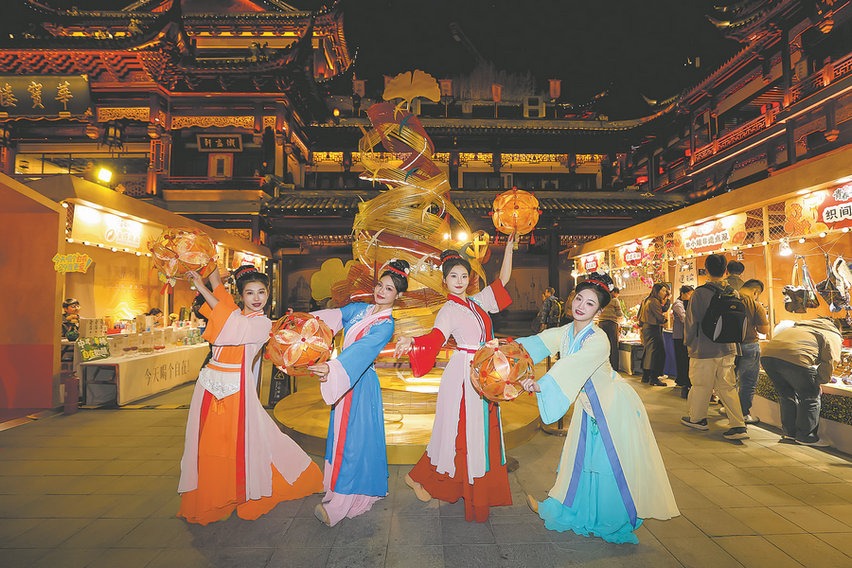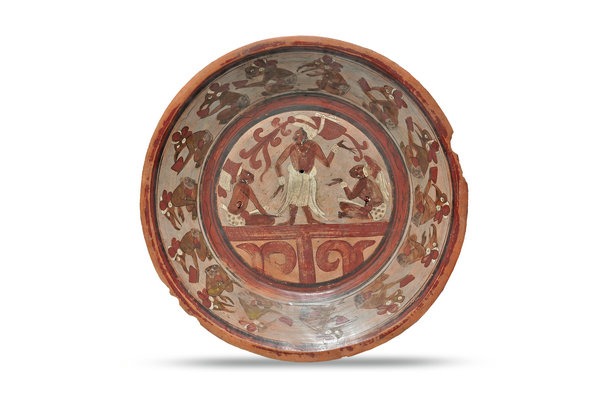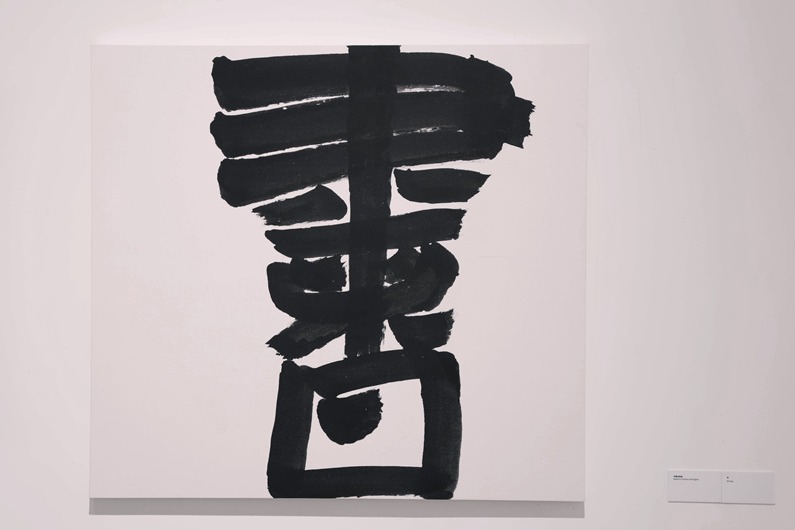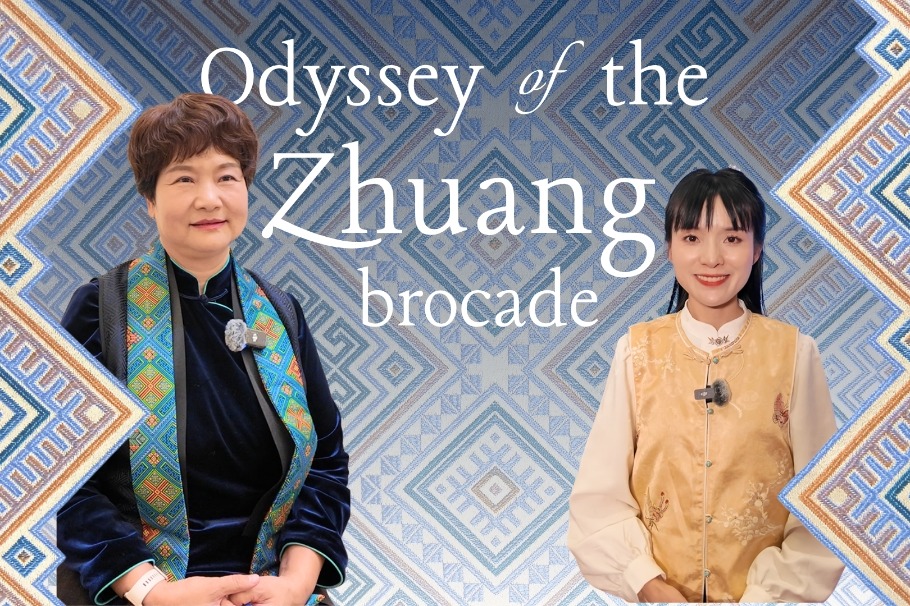'New Youth' legacy: A bridge for global dialogue


How did Chinese intellectuals a century ago reshape their nation’s cultural future through global engagement? What can their journey tell us about cross-cultural dialogue today? These questions lay at the heart of an international symposium held at Peking University to celebrate the 110th anniversary of New Youth (Xin Qingnian), the iconic magazine that ignited China's New Culture Movement.
The conference traced a coherent, cross-cultural journey—from the linguistic foundations of modernity to the intellectual frameworks that continue to shape global debates.
From language to liberation
Professor Hirata Shōji, honorary professor at Kyoto University, opened with, "Gazing Back at the Mother Tongue". He demonstrated how New Youth writers, through deep engagement with Japanese, English and other languages, fundamentally reshaped modern Chinese. Their work went beyond mere translation—it was an act of intellectual liberation, forging a new vernacular that could absorb global ideas while expressing a unique Chinese experience.
This linguistic awakening, Hirata argued, unlocked a broader cultural receptivity that soon extended far beyond language.
Literature as social diagnosis
Building on this internationalist spirit, Professor Wu Jun of Shanghai Jiao Tong University presented a striking cross-disciplinary thought in "The Undercurrent of Traditional Chinese Medicine in Lu Xun’s Literary Career". He revealed how Lu Xun’s early medical training directly shaped his literary vision. This approach found its powerful voice in the pages of New Youth, where Lu Xun published his seminal works, including the first modern Chinese short story, "A Madman's Diary", which diagnosed the "illness" of traditional society with shocking precision.
Wu illustrated that Lu Xun approached societal ills with a physician's precision, "prescribing" stories as his remedy. He constructed characters like a traditional herbalist formulating a treatment, blending elements from diverse sources to reveal profound truths.
A bridge of feeling: China's philosophy in global context
Professor Wang Dewei of Harvard University then broadened the dialogue to the level of universal human experience. In "Between Feeling and Principle: The Dai Zhen Moment and Chinese Literary Modernity", he spotlighted Qing scholar Dai Zhen, who championed "feeling" (qing, referring to human emotions and sensibilities) as a vital counterbalance to rigid "principle" (li, representing moral and rational order).
Wang established compelling links between Dai Zhen and the New Youth intellectuals. He noted how Dai's philosophy was revived and revered by pioneers central to the magazine's spirit, such as Liang Qichao and Hu Shi. The dialectic between "feeling" and "principle", which Dai Zhen championed, became a core intellectual pursuit for the New Youth generation.
Critically, Wang also placed Dai Zhen within a broader global context—contemporary with European thinkers like Jean-Jacques Rousseau and David Hume, who similarly emphasized emotion and empathy. He framed "feeling" not as an exclusively Chinese concept, but as a universal human capacity, which Dai Zhen emphasized, formed a parallel chapter in global intellectual history. This Chinese philosophical intervention, he argued, offers a timeless resource for navigating the tensions between "feeling" and "principle", the self and the system.
An unfinished dialogue
These perspectives collectively reveal the enduring legacy of New Youth. It was not merely a translator of foreign texts, but a translator of worlds. Its contributors skillfully bridged continents and centuries, allowing global ideas to reshape Chinese expression while enabling native traditions to inform a new modernity. The dialogue between feeling and principle, the self and the system, continues to this day, proving that the "in-between" space occupied by New Youth (bridging tradition with modernity, and local with global) remains a vital source of cross-cultural creativity and understanding.
Rya Zhu, as a playwright, writer, and translator, brings narrative depth to the exploration of cultural heritage.



































